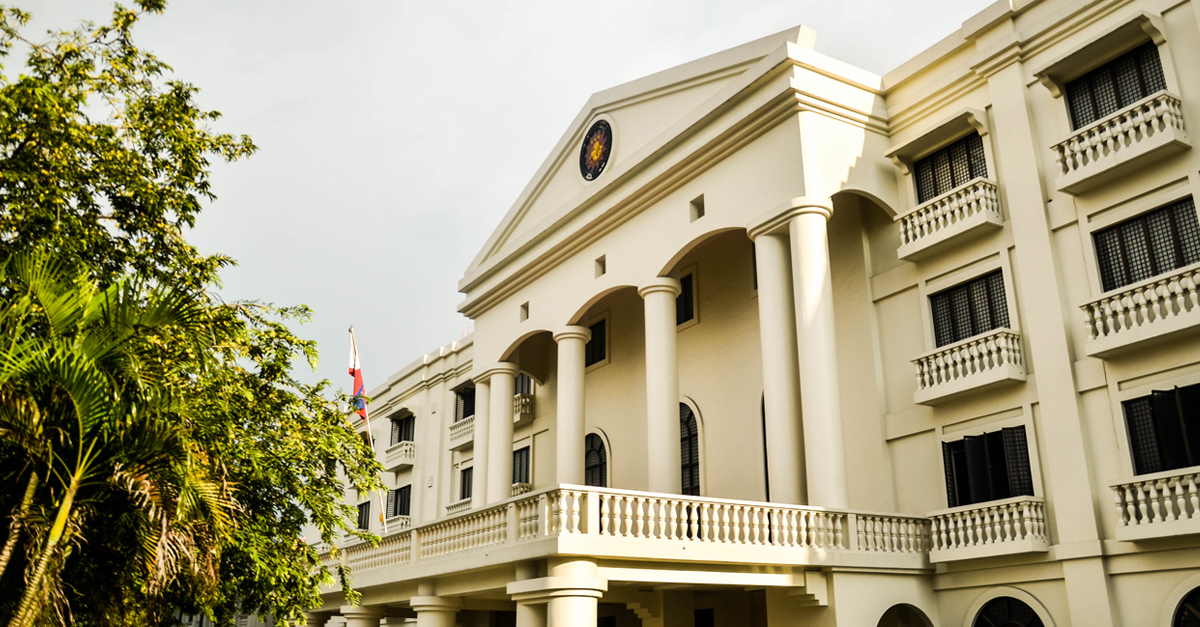MANILA, Philippines — State infrastructure spending rose in March, but analysts said a repeat performance would be difficult in the next months as extreme weather conditions disrupted construction activities.
Data from the Department of Budget and Management (DBM) showed capital outlays went up by 5 percent year-on-year in March to P113.5 billion. Of that amount, direct government spending on infrastructure jumped by 15.1 percent to P96.3 billion.
Explaining the results, the DBM said the Department of Public Works and Highways posted “strong spending performance” for payment of progress billings for projects that were completed either fully or partially. The DPWH also made advance payments to contractors.
READ: Marcos revamps flagship infra list
This, in turn, pushed up the first quarter capital outlays by 15 percent to P288.2 billion, with the three-month expenditures on infrastructure hitting P216.8 billion, higher by 10.2 percent.
Slow progress
Moving forward, the DBM said it expected higher infrastructure expenditures during the hot season when construction activities are typically high as cement dries up faster.
But Robert Dan Roces, an economist at Security Bank, disagreed.
“The Philippines’ infrastructure spending surge in March is a welcome sign, but scorching summer heat threatens to slow progress,” Roces said.
“Concerns about extreme heat impacting construction are valid, as this can lead to worker safety issues, project delays, and potentially higher costs. Mitigation strategies like night shifts, heat-resistant materials, or adjusted work schedules during peak heat will be crucial for construction firms,” he added.
Separately, Leonardo Lanzona, an economist at Ateneo De Manila University, expects infrastructure disbursement to slow after the promised “multiplier effects” hardly materialized in the first quarter.
Data showed the economy grew 5.7 percent in the first quarter, falling below market consensus estimate of 5.9 percent.
READ: Philippine economy grew 5.7% in Q1
During the period, government spending grew 1.7 percent, reversing the 1-percent decline in the preceding three months but still lower than the 6.2-percent uptick in the first quarter of 2023.
“The outlook then is the budget has largely been spent already, and the government is unlikely to spend more in this area given the low multiplier effects,” he added. INQ
